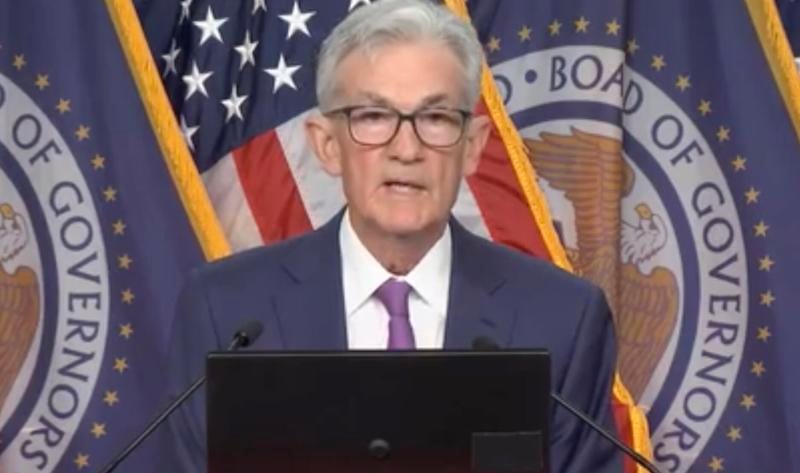The U.S. Federal Reserve Board on Wednesday announced a slight cut to the federal funds rate, the first cut since March of 2020, when rates were near 0%.
Federal Reserve Chair Jerome Powell pointed to good data on the job market like unemployment, labor force participation and fewer job vacancies.
“They say this is still a solid labor market,” Powell said, referring to the data points. “Because we have been patient and held our fire as inflation has come down, I think we are in a very good position…”
The Fed announced a cut of 50 basis points, or half a percentage point, as economists and the market closely watched the news, making the new federal funds range 4.75-5%.
“Recent indicators suggest that economic activity has continued to expand at a solid pace,” the board said in a statement. “Job gains have slowed, and the unemployment rate has moved up but remains low. Inflation has made further progress toward the Committee’s 2 percent objective but remains somewhat elevated.”
News of the rate cut had the Dow Jones Industrial Average up by 300 points shortly after.
The rate cut has been anticipated and was expected by many experts after Federal Reserve Chair Jerome Powell said at last month’s Jackson Hole Economic Symposium that it was time to “adjust” policy.
The Fed’s mission is to balance economic growth with lower inflation using federal fund rates. Raising rates comes with the intention of lowering inflation, which hit a breakneck pace earlier in the Biden administration.
“The Committee seeks to achieve maximum employment and inflation at the rate of 2% over the longer run,” the Fed said. “The Committee has gained greater confidence that inflation is moving sustainably toward 2%, and judges that the risks to achieving its employment and inflation goals are roughly in balance. The economic outlook is uncertain, and the Committee is attentive to the risks to both sides of its dual mandate.”
Prices have risen more than 20% since Biden and Harris took office. Inflation has since slowed this year, although the prices themselves have not returned to their lower levels.
The federal government recently announced that it had significantly overestimated the number of jobs created last year. Despite this, the Fed felt the economy was strong enough to sustain the cut.
Since the Fed raised rates, mortgage rates have soared. They could begin to drop with Wednesday’s news.
Notably, Powell said the influx across the border has caused a rise in unemployment.
The next Federal Reserve meeting is scheduled for Nov. 6-7.
“Of course we are going to look at the totality of the data as we make these decisions meeting by meeting,” Powell said at a news conference Wednesday.
Whether another rate cut is coming remains unclear. Powell said that will depend on upcoming jobs and inflation data.
“In considering additional adjustments to the target range for the federal funds rate, the Committee will carefully assess incoming data, the evolving outlook, and the balance of risks,” the Fed said. “The Committee will continue reducing its holdings of Treasury securities and agency debt and agency mortgage‑backed securities. The Committee is strongly committed to supporting maximum employment and returning inflation to its 2 percent objective.”







